Kongorin-ji Temple | The world cut out from the window ...
A scene where the light of mercy fills the entire mountain.
金剛輪寺 | 広縁から切り取ったその世界は…
一隅を照らす光に心洗われる情景。
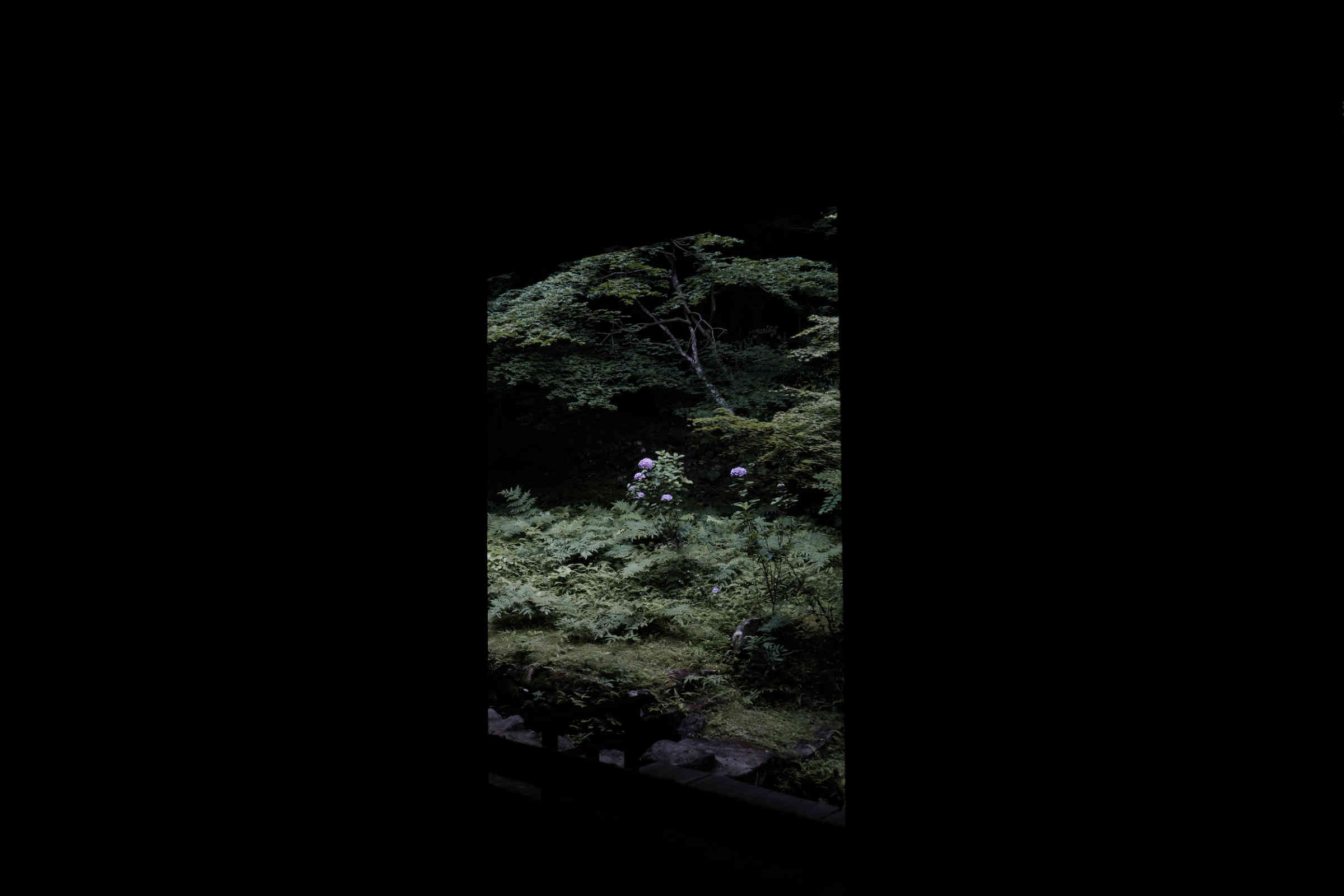
The crimson “Momiji” (Japapese maple) is beautiful, but the green “Momiji” is also tasteful. Kongorin-ji Temple, which I visited during the heat wave, was surrounded by cool, clear air and refreshing “Momiji” leaves.
It's as if the light of mercy fills the entire mountain. The well-being of this world and the happiness of the future dwelled in my heart, and I was immersed in the feeling that my heart was purished.
真紅のもみじも美しいが、翠色のもみじもまた趣深い。酷暑の折に訪れた金剛輪寺は、ひんやりする程の澄んだ空気と、清々しいもみじに包まれていた。
それはまるで、慈悲の光が全山に満ちみちるかのごとく。現世の安寧と未来の幸福が胸に宿り、心が洗われるかのような感覚に浸った。
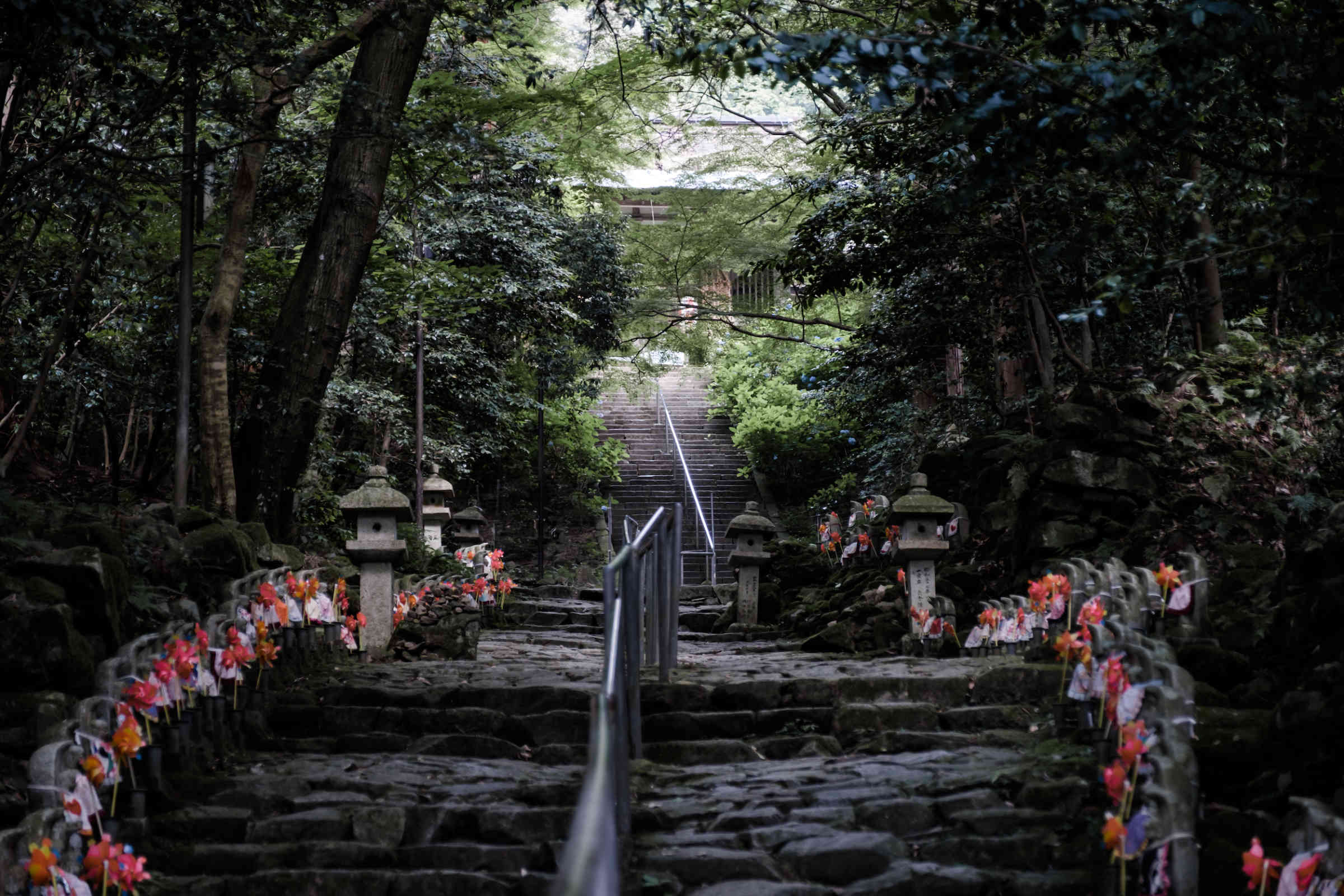
Invited by the rustling sound of the murmuring, I climbed the lush approach to the shrine. The fresh air was comfortable as if I was bathing in the forest.
さらさらと流れるせせらぎの音に誘われるようにして、緑豊かに生い茂る参道を無心に登る。まるで森林浴をしているかのように、澄み渡る空気が心地いい。
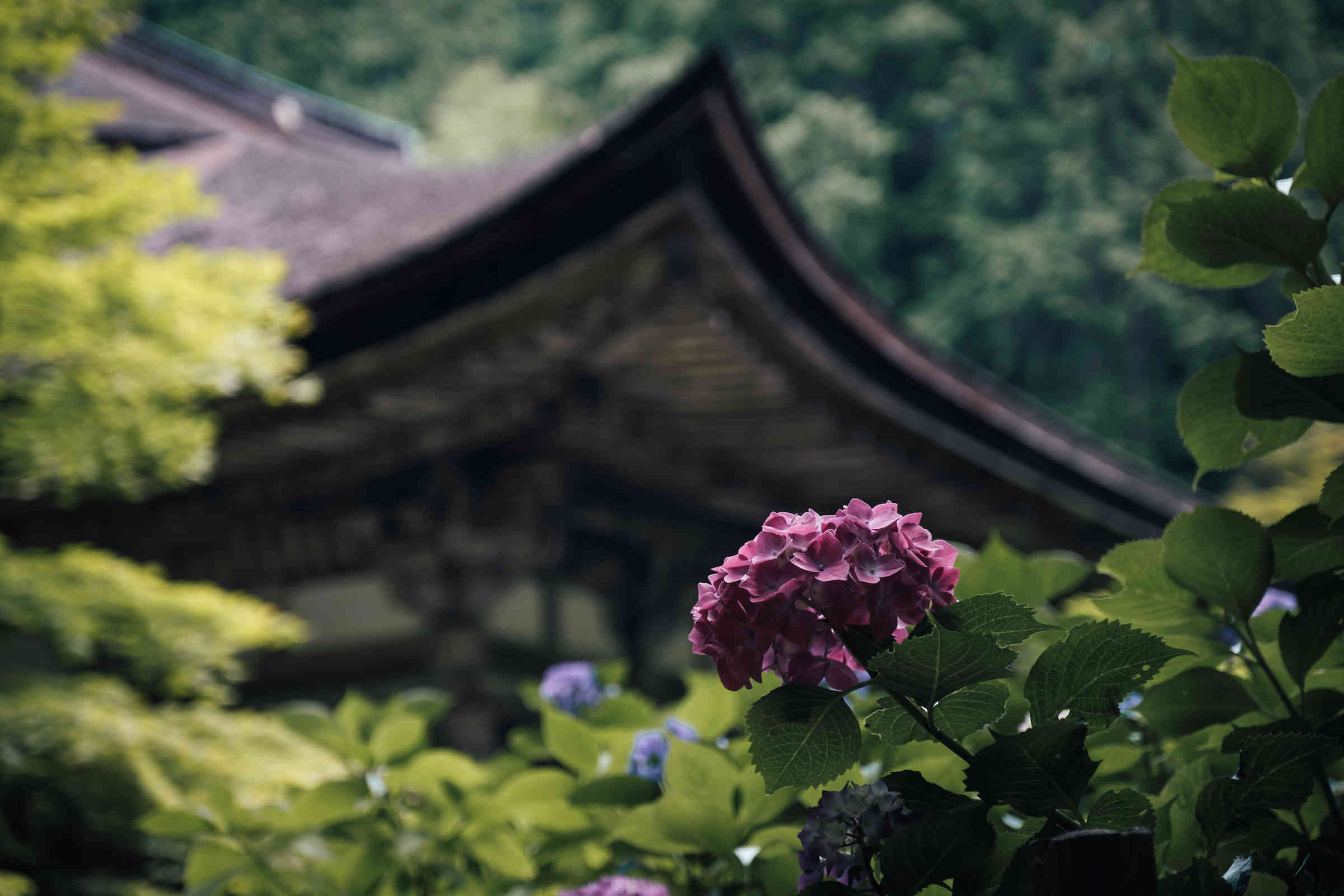
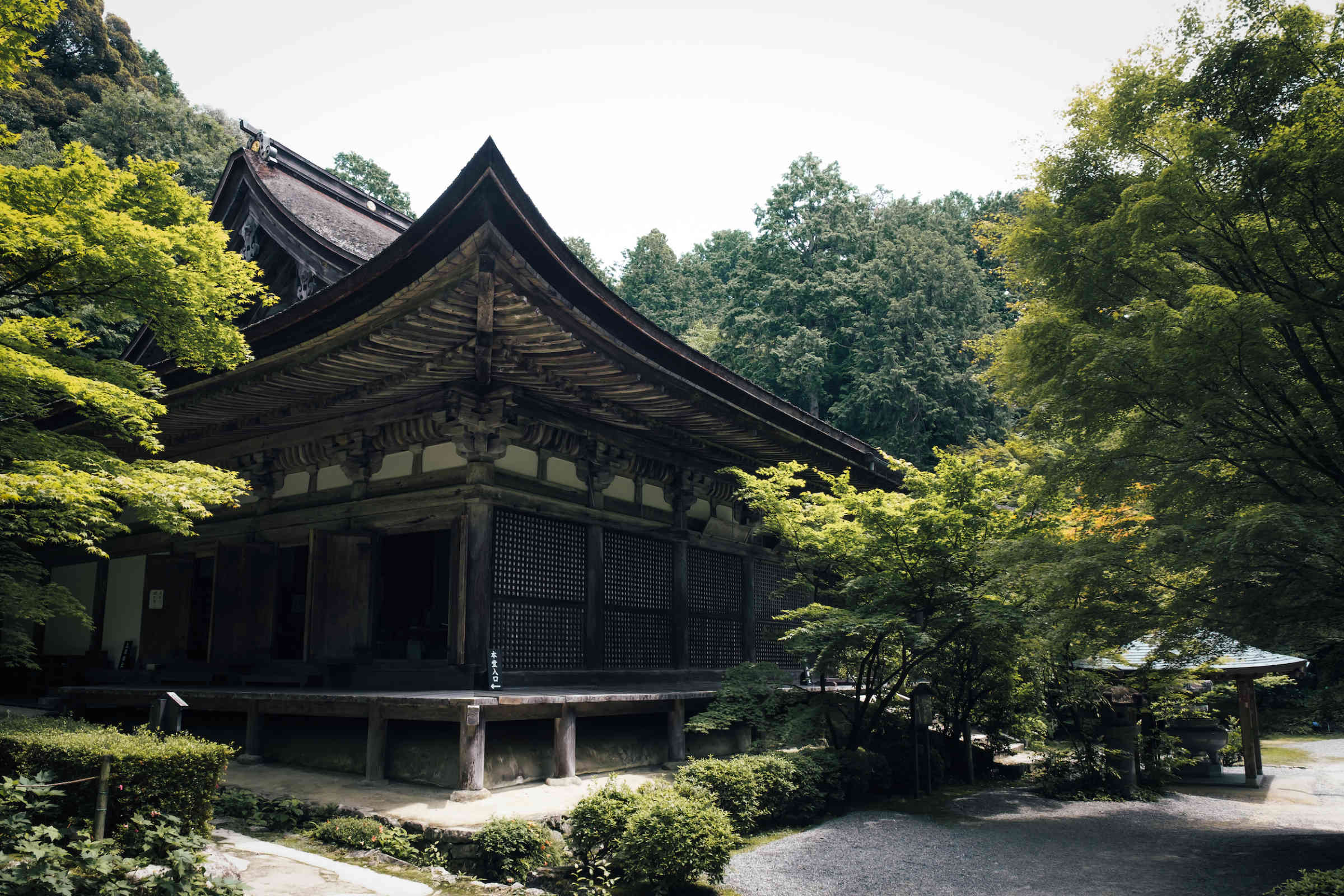
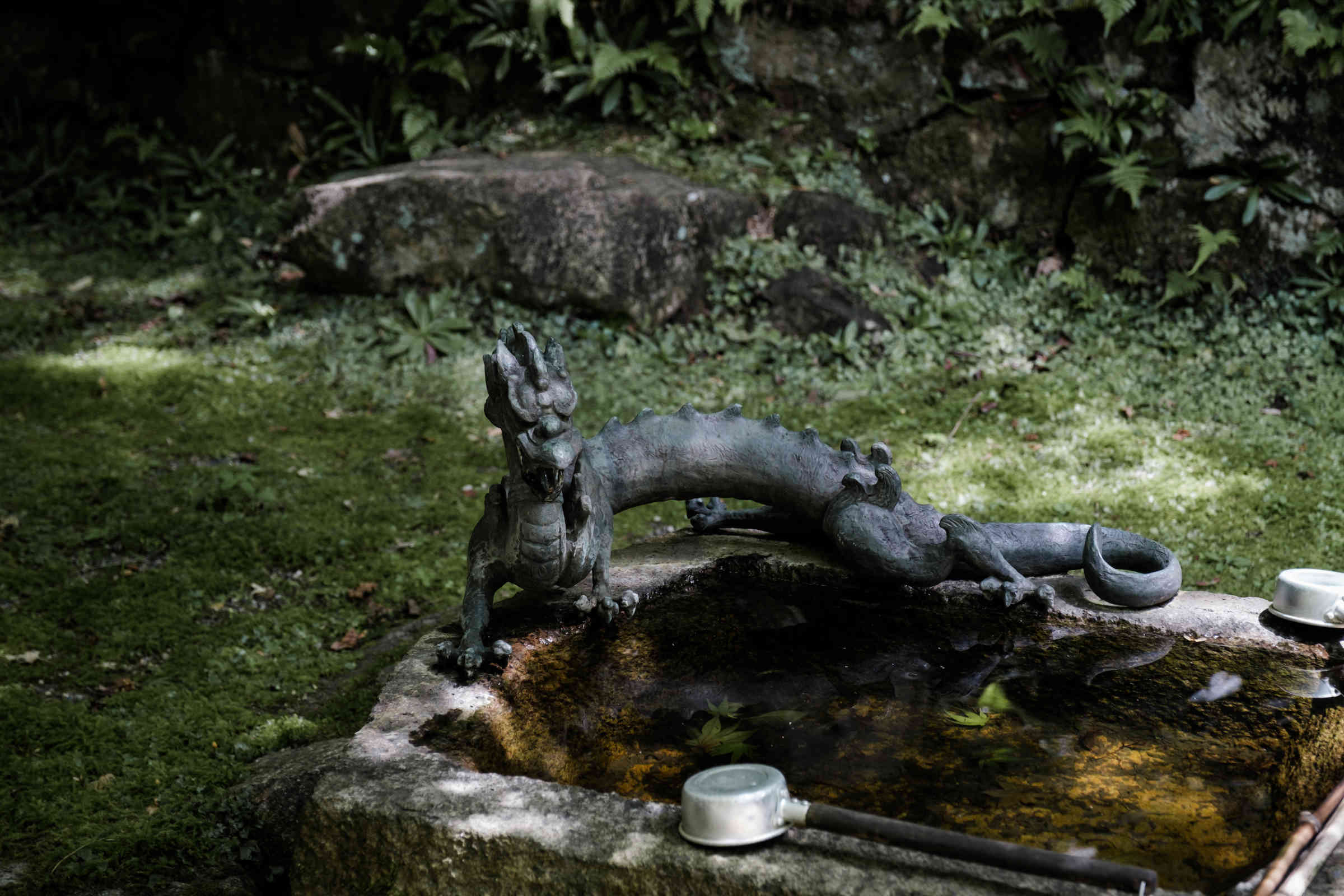
After climbing up the mountain road and passing through the “Nitenmon Gate”, I found the main hall, “Daihikaku”, which is a national treasure.
Kongorin-ji Temple was damaged by the burning of Nobunaga Oda. It is said that the main hall, the three-storied pagoda, and the “Nitenmon Gate” escaped disasters when the monks at that time used their wisdom to dismiss the soldiers by pretending that the whole temple had burned down.
山道を上り詰め、二天門を潜ると、そこには国宝である本堂「大悲閣」が厳かに佇む。
織田信長の焼き討ちにより被害を受けた金剛輪寺。当時の僧が機智を利かせ寺院が全焼したと見せかけて兵を退け、この本堂と三重塔、二天門は難を免れたと言われている。
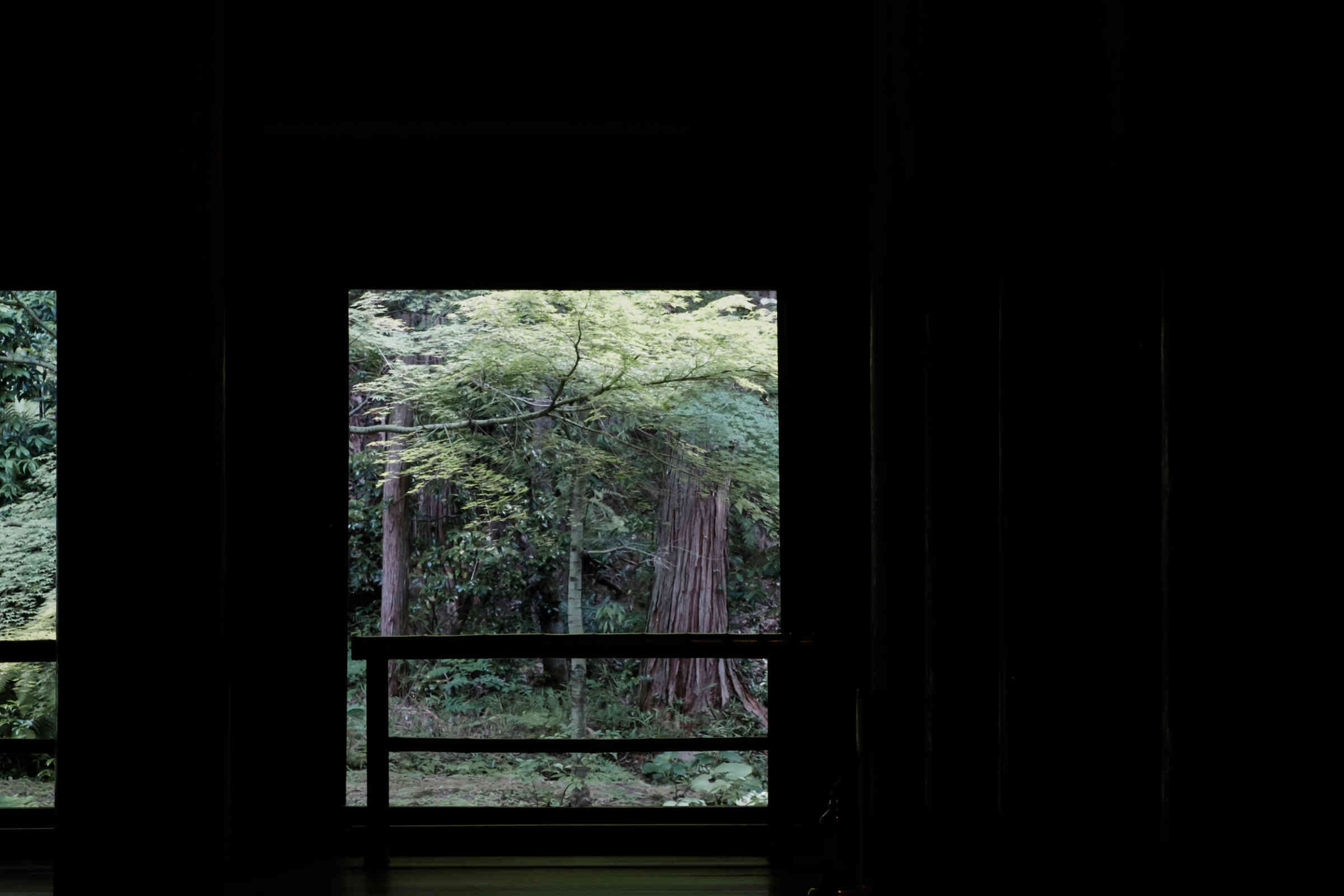
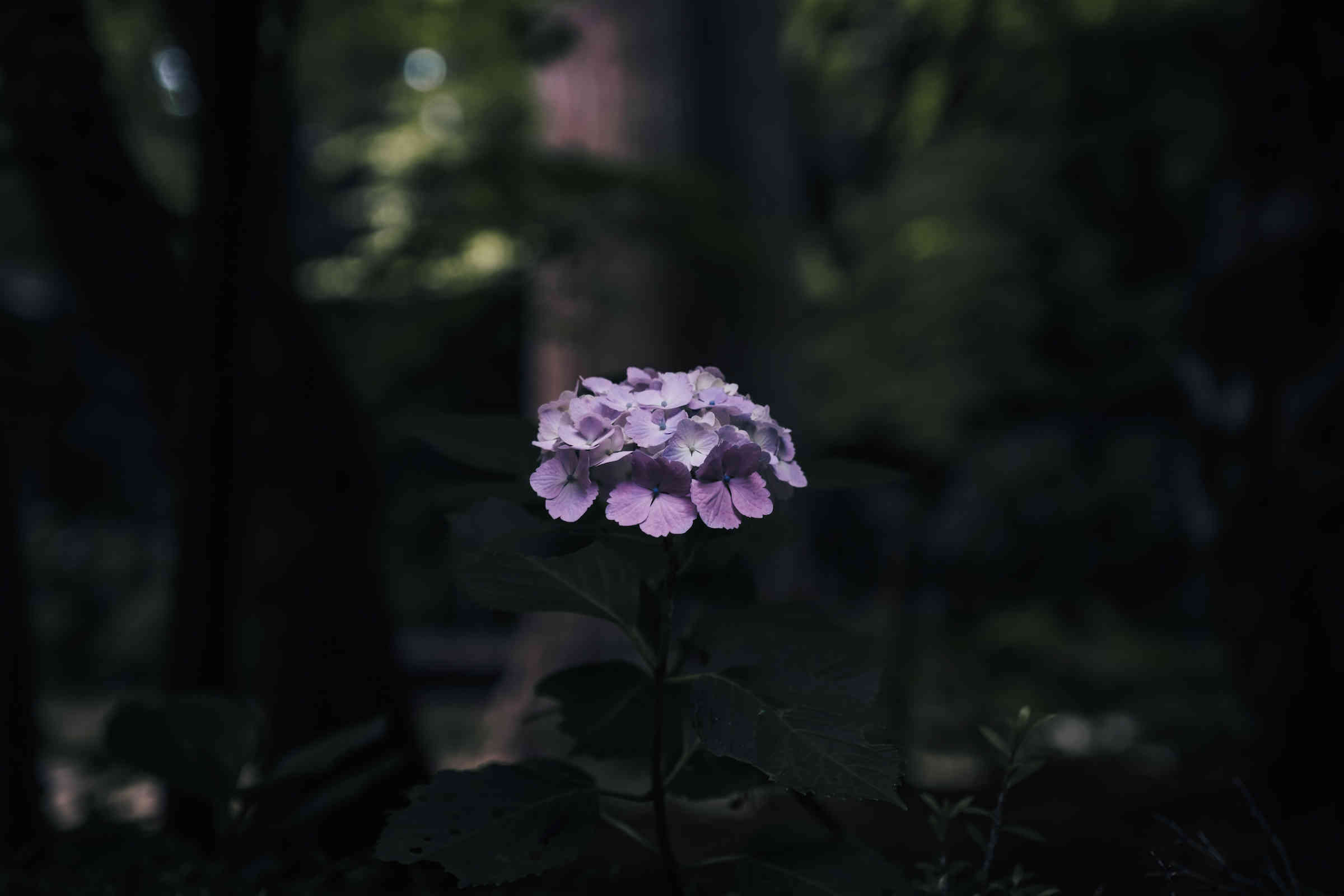
From the window of the main hall, small purple and mauve hydrangeas quietly add a touch of color to the lush “Momiji” leaves. This “Momiji” is said to be dyed in bright vermilion, which is called "blood-dyed autumn leaves" in autumn.
本堂の広縁からは、碧々と生い茂るもみじに、小紫色や青藤色の紫陽花が静かに華を添える。このもみじは、秋には「血染めの紅葉」と呼ばれる程の鮮やかな朱に染まるそうだ。

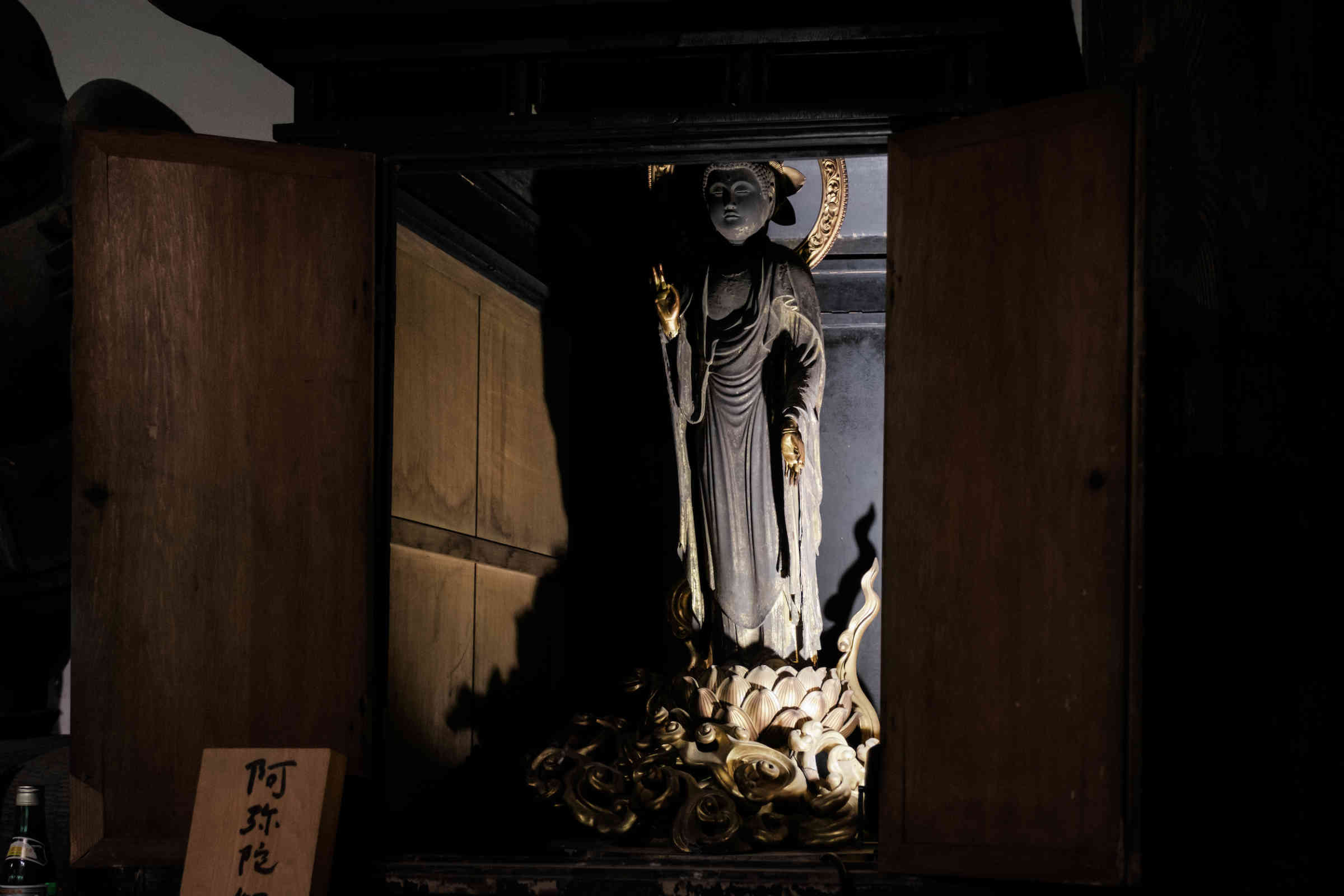

The main hall “Daihikaku” is a representative of Japanese-style architecture in the Kamakura period and is designated as a national treasure. Buddha statues from the Heian period to the Kamakura period, such as the main idol, the statues of “Amitabha Buddha (Amida Nyorai)”, and “Eleven-headed-Avalokiteshvara” are enshrined in the hall, and many of them are designated as national important cultural properties.
本堂大悲閣は、鎌倉時代の和様建築の代表とされ、国宝に指定されている。堂内には御本尊をはじめ、阿弥陀如来坐像、十一面観音立像など平安から鎌倉時代の仏像が安置され、その多くが国の重要文化財に指定されている。

There is such a phrase in the chancel. "Temple that illuminates a corner" - I believe that it has always been a place where visitors can feel relieved.
内陣にはこんな一句が。『一隅を照らす寺』− その昔より、訪れた人がほっと安堵できる、そんな場所だったのだろう。

Going further back, you can see the three-storied pagoda, which is designated as an important cultural property. The building is more historic than the main hall, but it was restored in 1974 because it remained devastated. Beautifully surrounded by stunning “Momiji” trees.
さらに奥に進むと、重要文化財に指定されている三重塔が聳える。本堂より歴史ある建築物だが、荒廃したままとなっていたため1974年に復元された。見事なもみじの木々に囲まれて。

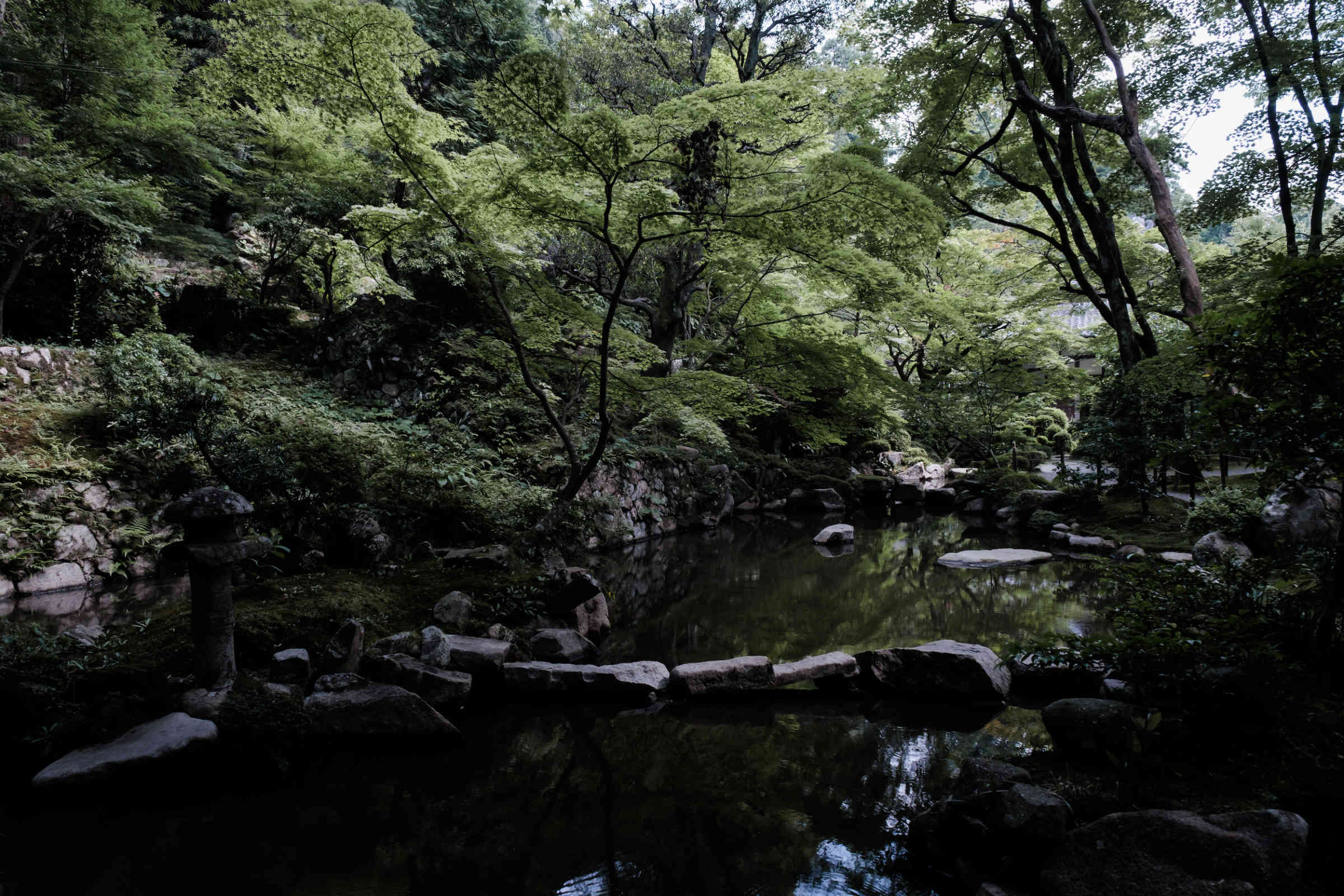
On the way down the mountain path, you will see “Honbo Myojuin,” which has been used as a scholarch office since the Edo period, and three gardens that surround the south, east, and north. Built from the Momoyama period to the middle of the Edo period, this garden is said to be the best on Omi Road and is designated as a national scenic spot.
山道を下った途中、江戸時代より学頭所として使われていた本坊明寿院と、南・東・北を囲むよう配された3つの庭園が現れる。桃山時代から江戸時代の中期にかけて造られたこの庭園は近江路随一とも言われ、国の名勝に指定されている。

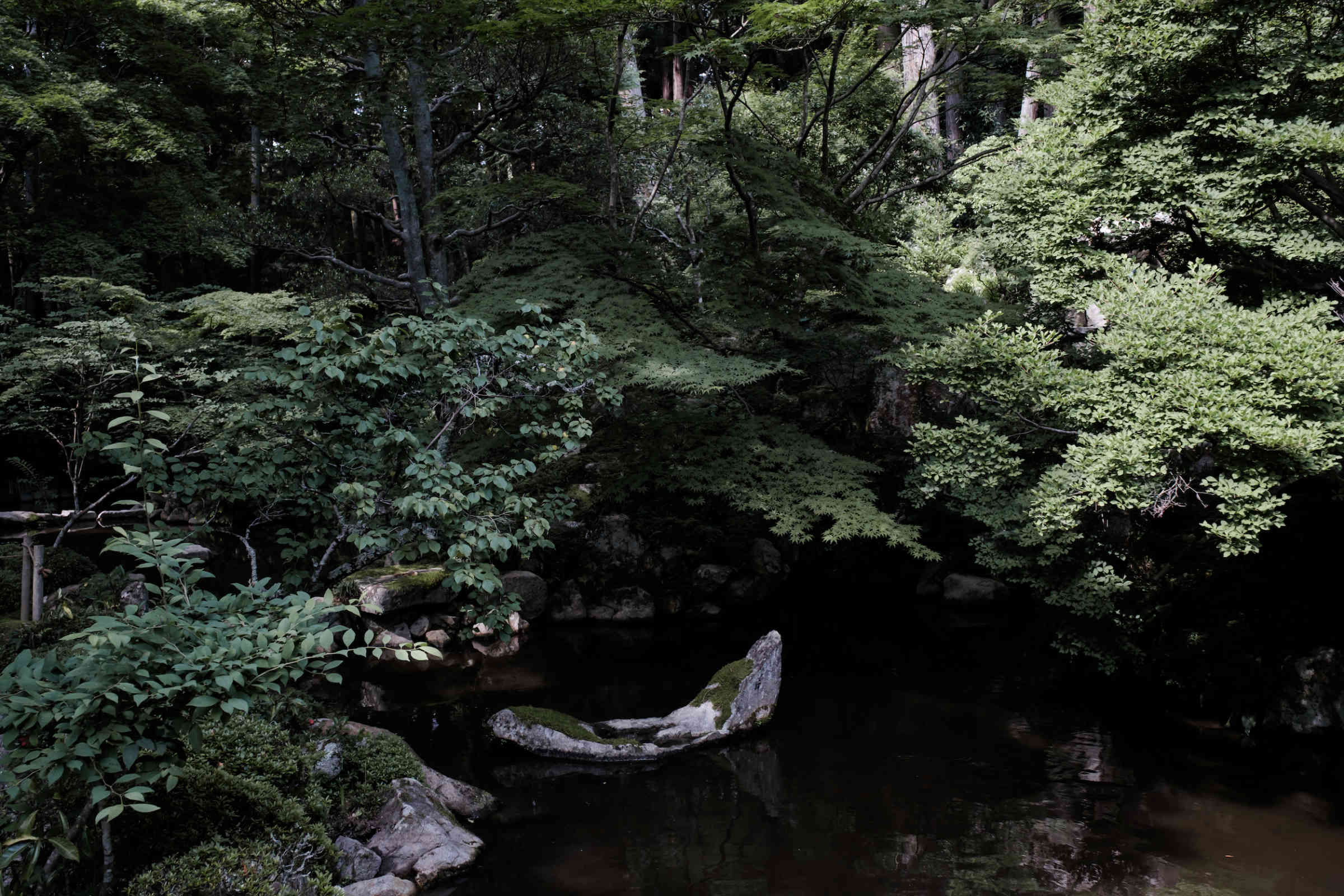
"Garden of Shakunage(Japanese rhododendron)". Many stones made in the Kamakura period are arranged near the elegant stone bridge in the center of the garden, and those covered with moss have dignity air. In the spring, “Shakunage” and “Kakitsubata”(Japanese iris)are in full bloom, and in the summer, the water lilies all over the pond bloom neat flowers. The rock shaped like a boat in the pond represents the treasure ship of the Seven Lucky Gods.
「石楠花(しゃくなげ)の庭」。庭の中央に架けられた優雅な石橋のそばに、鎌倉時代に作られた多くの石が配され、苔むしたそれらには品格が漂う。春には石楠花や杜若(かきつばた)が咲き誇り、夏には池一面の睡蓮が清楚な花を咲かせるとか。池中の舟のような形の岩は、七福神の宝船を表わしているそう。
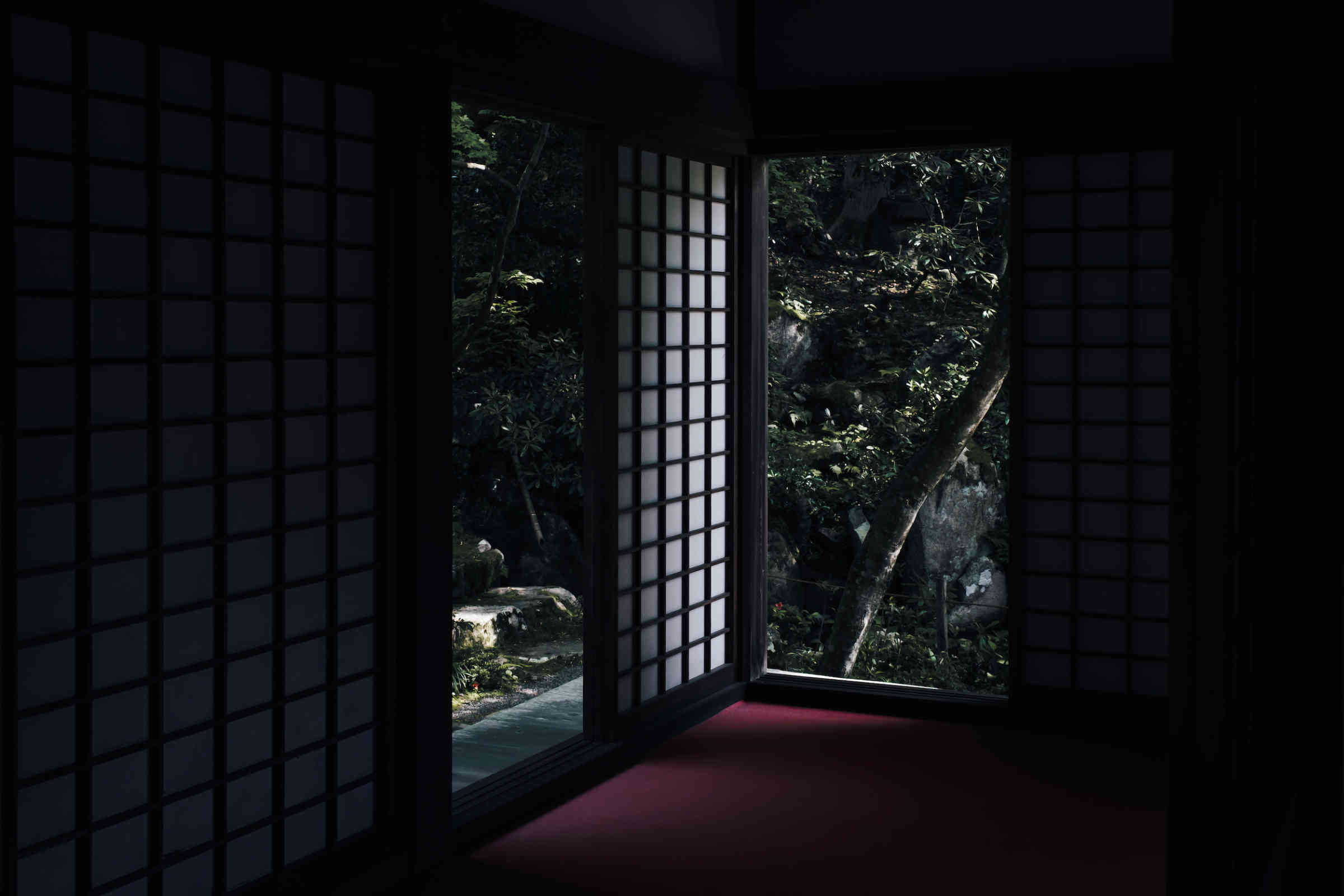

“Suiunkaku”, the best tea room in Koto (The area east of Lake Biwa). Cherry blossoms, dianthus, chrysanthemums and other seasonal flowers are drawn on the ceiling, and the view of the garden from the tea room is exceptionally beautiful.
Azaleas and “Shakunage” in spring, hydrangeas and water lilies in summer, colored leaves in autumn, and snowy scenery in winter.
I would like to visit Kongorin-ji Temple, which shows the faces of the four seasons, over the time.
湖東随一の茶室、水雲閣。天井に桜、なでしこ、菊など四季おりおりの花が描かれ、茶室からの庭の眺めは一際美しい。
春はつつじに石楠花、夏は紫陽花と睡蓮、秋は紅葉、そして冬は雪景色。
四季折々の顔を見せる金剛輪寺に、また季節を越えて訪れてみたい。
about this venue
One of the three mountains of Koto(The area east of Lake Biwa), a temple of the Tendai sect that Gyoki opened at the request of Emperor Shomu in the 13th year of Tenpyo (741) during the Nara period. It is a venerable ancient temple where it is said that Yoshitsune Minamoto donated a sword in hopes of winning the martial arts of Yoshinaka, and Tokimune Hojo ordered Yoritsuna Sasaki to pray for the surrender of the Yuan-dynasty army.
Location: 874 Matsuoji, Aisho-cho, Aichi-gun, Shiga Prefecture
Phone: 0749373211
湖東三山の一つで、奈良時代の天平13年(741)に聖武天皇の勅願により行基が開山した天台宗の寺院。源義経が義仲追討の武運必勝を願い太刀を寄進したとも、北条時宗が佐々木頼綱に命じて元軍降伏の祈願をしたとも伝えられる由緒ある古刹だ。
<国宝>本堂大悲閣
<重文>三重塔 二天門 木造阿弥陀如来坐像(2躯) 木造十一面観音立像 木造不動明王立像 木造毘沙門天立像 木造慈恵大師坐像(2躯) 木造四天王像 木造大黒天(日本最古) 銅磬
所在地: 滋賀県愛知郡愛荘町松尾寺874
電話: 0749-37-3211
